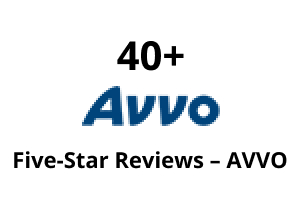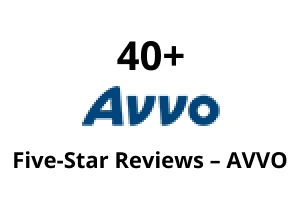- Free Consultation: (415) 727-1832
Understanding Workers’ Compensation in California


Workers’ compensation in California is like a safety net designed to help workers who get hurt on the job. It’s governed by a set of rules called the Workers’ Compensation Act (WCA). This system works on a fair deal called the “compensation bargain.” This means employers take responsibility for work-related injuries without arguing about who’s at fault. In return, workers get quick help without having to prove it’s someone’s fault. But there are some limits on the help workers can get.
Workers’ Compensation in California
The core idea behind workers’ compensation is the compensation bargain. Employers agree to take responsibility for work-related injuries, and in exchange, there’s a limit on how much they have to pay. This makes it easier for workers to get help fast, but it also means they can’t ask for a lot more money for damages.
Employers agree to to pay for injuries that occur in the workplace. This is true regardless whether the injury is accidental or unforeseen. The system removes the need to prove who caused the accident. This means that if an employee gets hurt on the job, the employer accepts the liability, making it easier for the injured worker to receive the necessary support promptly.
While employers assume responsibility for industrial injuries, there is a predetermined limit on the financial compensation they must provide. This limitation serves as a trade-off, allowing for a more straightforward and expedited process for injured workers to access benefits, but it does come with a caveat.
In simpler terms, the compensation bargain can be compared to an agreement between employers and employees. Employers agree to take responsibility for workplace injuries, and in return, they won’t be burdened with proving fault or negligence. This cooperative approach aims to strike a balance between the interests of both parties. It fosters a system where injured workers can obtain timely assistance without unnecessary legal complexities.
Exclusive Remedy and Limits
Workers’ compensation is the only way for workers to get help for work-related injuries. This rule stops workers from trying to get money from other places. It even applies to some cases where the employer did something on purpose to hurt the worker. Also, if a worker gets hurt while getting medical treatment for a work injury or if a third party is involved, workers’ comp is still the main way to get help.
Types of Benefits:
When it comes to getting help after a workplace injury in California, workers have access to a range of benefits aimed at addressing various aspects of their well-being. Understanding these benefits is crucial for injured workers to navigate the complexities of the workers’ compensation system effectively.
One significant component of the assistance available is geared towards addressing permanent disabilities. A permanent disability, as defined by the Workers’ Compensation Act (WCA). It refers to a lasting problem resulting from the injury that can have enduring effects on the individual’s ability to work or carry out daily activities. This type of benefit is designed to provide ongoing support to workers facing challenges due to the lasting impact of their workplace injury.
Determining Permanent Disability
In addition to support for permanent disabilities, the WCA encompasses other essential benefits tailored to address different aspects of the aftermath of a workplace injury. One such benefit is temporary disability (TD), which serves as a financial lifeline for workers who are temporarily unable to work and, as a result, experience a loss of wages. This benefit is crucial during the recovery period when the injured worker is unable to perform their job duties, ensuring that they can meet their financial obligations despite the temporary setback.
Another vital aspect of workers’ compensation in California is permanent disability (PD) indemnity. This benefit goes beyond addressing the immediate financial strain caused by a workplace injury and focuses on the lasting physical impact that may affect the injured worker’s employability. PD indemnity aims to provide compensation for the permanent body problems that can make it challenging for the injured worker to find suitable employment.
By delving into the specifics of these benefits, injured workers can better understand the support available to them. Temporary disability offers a financial safety net during the recovery phase, ensuring that workers can meet their basic needs. On the other hand, permanent disability indemnity addresses the more long-term impact of the injury, recognizing the challenges an individual may face in finding employment due to lasting physical limitations.
It is important for workers to be aware of the different types of benefits. Each benefit plays a role role in providing comprehensive support throughout the recovery journey. Navigating the workers’ compensation process in California becomes more manageable when armed with a clear understanding of the benefits available. This allows injured workers to make informed decisions and secure the assistance they need to move forward after a workplace injury.
Uninsured Employers Fund (UEF)
Sometimes, employers forget or refuse to get insurance to help their workers. To make sure workers aren’t left with nothing, California created the Uninsured Employers Fund (UEF). This fund helps workers whose employers didn’t do the right thing and get insurance.
Workers’ Compensation Lawyer
Understanding workers’ compensation in California may seem tricky, but it’s essential for both employers and workers. By knowing the basic rules like the compensation bargain, exclusivity, benefits, and safety nets like the Uninsured Employers Fund, everyone can make sure injured workers get the help they need. It’s a way to create a fair and safe work environment for everyone.










